Retro Replay Review
Gameplay
At its core, Marble Madness offers a deceptively simple challenge: guide a marble along a twisting, obstacle-filled course without letting it stray off the path or collide with hazards. Each level is designed with narrow corridors, sharp turns, and moving enemies that test your hand-eye coordination and spatial awareness. The controls are straightforward—move the joystick or directional pad to nudge the marble in the desired direction—but mastering momentum and inertia quickly becomes essential as speeds ramp up.
(HEY YOU!! We hope you enjoy! We try not to run ads. So basically, this is a very expensive hobby running this site. Please consider joining us for updates, forums, and more. Network w/ us to make some cash or friends while retro gaming, and you can win some free retro games for posting. Okay, carry on 👍)
The isometric perspective provides a unique vantage point, presenting both opportunities and pitfalls. On one hand, you can appreciate the depth and layout of each course; on the other, judging distances and angles becomes a constant challenge. As the marble picks up speed, the camera angle can feel disorienting, demanding split-second decisions to avoid pitfalls or dodge adversaries. This delicate balance between risk and reward keeps players engaged, whether they’re cautiously creeping through tight passages or making a break for the finish line at top velocity.
Adding even more replay value, Marble Madness features a two-player mode where competitors go head-to-head, racing to the goal while navigating identical courses. The pressure multiplies when you’re not just racing the clock but also your friend’s progress. In solo mode, you’re still under time constraints, forcing you to strike a balance between haste and precision. Each run becomes a dynamic test of skill, encouraging you to refine your route and shave precious seconds off your best times.
Graphics
For an arcade title of its era, Marble Madness sports a vibrant, clean aesthetic that remains charming decades later. The courses are rendered with bold pastel colors and simple geometric shapes, creating an almost abstract playground for your marble. Despite hardware limitations, each level has its own visual identity—icy blues for frozen arenas, fiery reds for molten landscapes—helping to keep the experience fresh as you progress through the stages.
The isometric viewpoint, while challenging for gameplay, showcases clever use of perspective to give depth to each course. Obstacles and moving platforms stand out clearly against the background, and enemy creatures—ranging from mechanical critters to abstract block formations—are easily distinguishable. This clarity is crucial when every fraction of a second counts, ensuring you can quickly spot hazards and plan your path forward without unnecessary confusion.
Animation is smooth and responsive, with the marble rolling and bouncing in a satisfyingly realistic manner. Particle effects, like splashes in water or sparks when hitting barriers, are minimal but effective. They add just enough feedback to make collisions feel tangible without overwhelming the screen. Overall, the graphics strike a fine balance between functional clarity and visual flair, perfectly suiting the game’s high-speed, precision-oriented gameplay.
Story
Marble Madness is an arcade game built around pure gameplay rather than narrative depth. There’s no grand storyline or characters to follow—just you, a marble, and a series of increasingly challenging obstacle courses. This focus on mechanics over story is common for arcade titles of its time, where the objective is to draw players in with immediate action and replayability.
That said, the absence of a traditional plot doesn’t leave the experience feeling empty. Instead, each level acts as its own mini-challenge, offering a form of environmental storytelling. The shifting landscapes—from crystalline caverns to volcanic chutes—hint at a journey through different “worlds” or realms. You can imagine the marble as a daring explorer bouncing through uncharted terrain, lending your own narrative flair as you progress.
The minimalist approach to story works in Marble Madness’s favor, keeping the focus on refining your skill set and enjoying the elegant simplicity of its design. Without cutscenes or dialogue, every moment is about the thrill of the chase, the satisfaction of nailing a tight turn, and the communal joy of competitive play. For many fans, this unadorned style is a refreshing departure from the heavily scripted adventures common in modern titles.
Overall Experience
Marble Madness remains a testament to arcade design at its finest, proving that gameplay ingenuity can triumph over flashy narratives or cutting-edge visuals. Each level offers a perfect blend of challenge and accessibility, inviting newcomers to experiment while rewarding veterans who perfect their technique. The steep learning curve is part of the appeal, encouraging countless retries and crafting a memorable “one more try” atmosphere.
The game’s two-player mode elevates the experience further. Racetracks that feel familiar in solo runs take on a fresh intensity when you’re neck-and-neck with a friend. Competitive spirit and friendly rivalry make for lively gatherings, especially in arcade settings—though the single-player timer is more than enough to keep solitary players engaged for hours on end.
Whether you’re a retro gaming enthusiast or simply seeking a skill-based challenge, Marble Madness delivers a timeless thrill. Its straightforward premise, combined with clever level design and crisp presentation, guarantees replayability. You’ll find yourself chasing faster times, perfecting routes, and relishing those split-second saves that make the marble’s journey so endlessly addictive. In the world of arcade classics, Marble Madness stands out as a shining example of “easy to learn, hard to master.”
 Retro Replay Retro Replay gaming reviews, news, emulation, geek stuff and more!
Retro Replay Retro Replay gaming reviews, news, emulation, geek stuff and more!
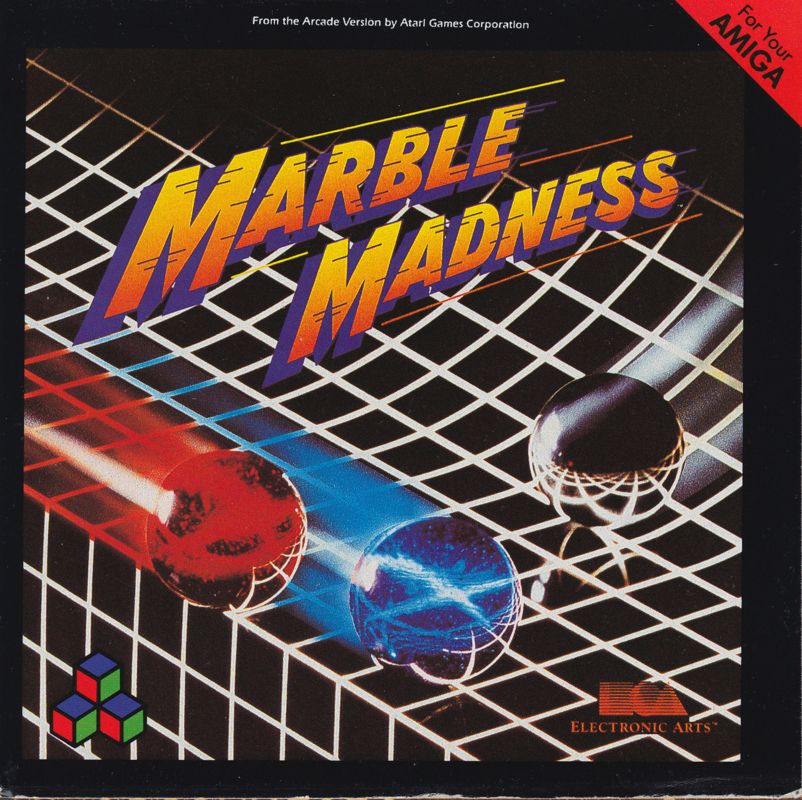
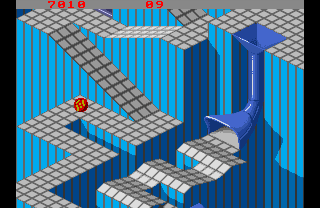
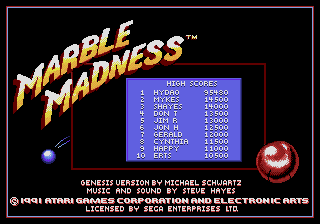
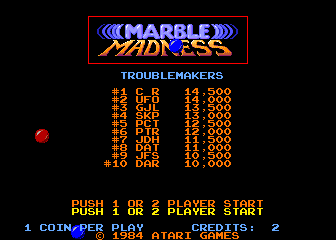
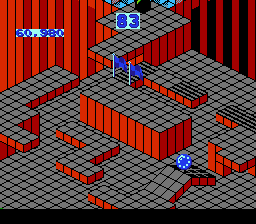
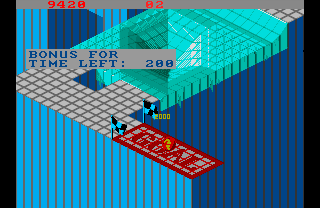



Reviews
There are no reviews yet.